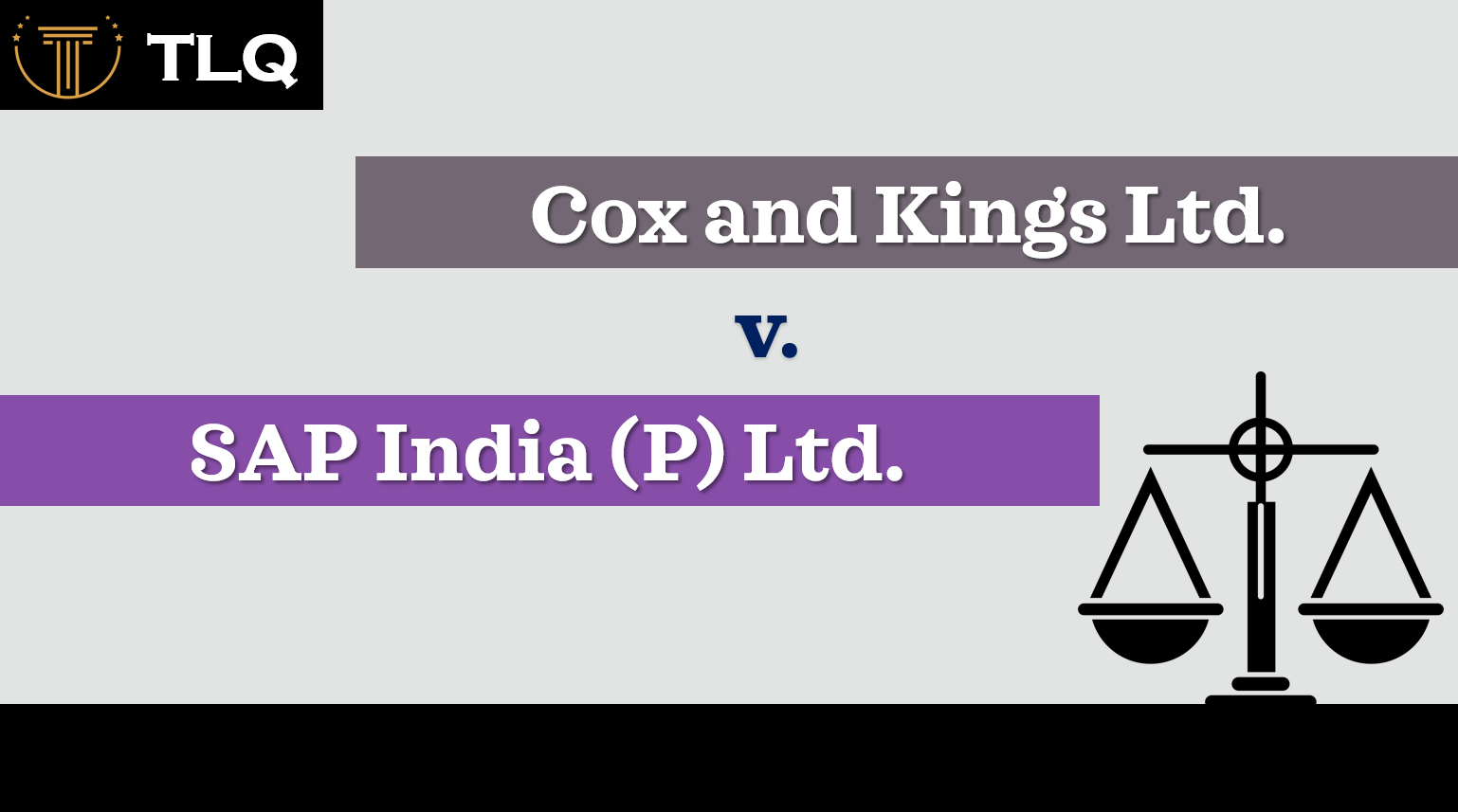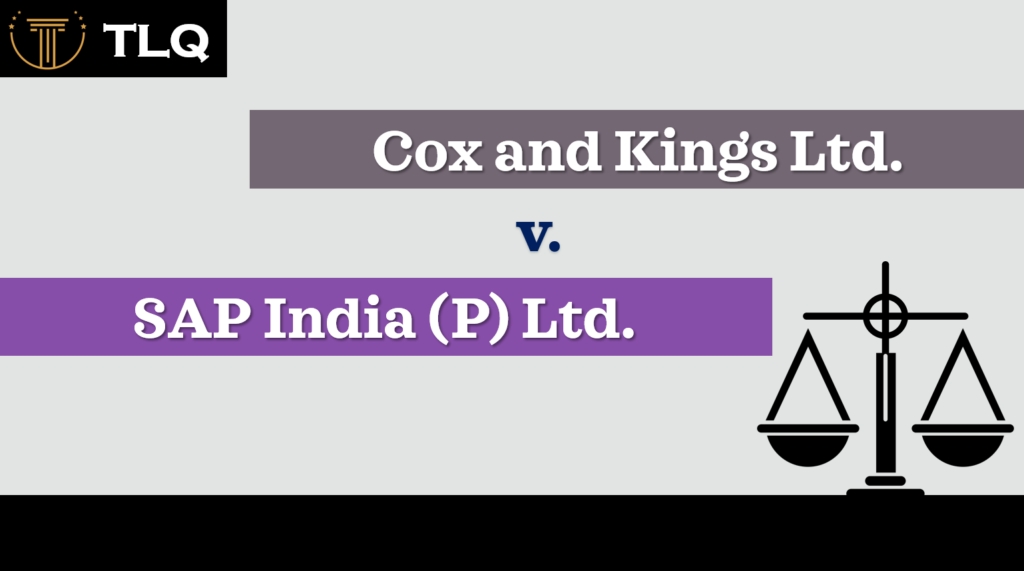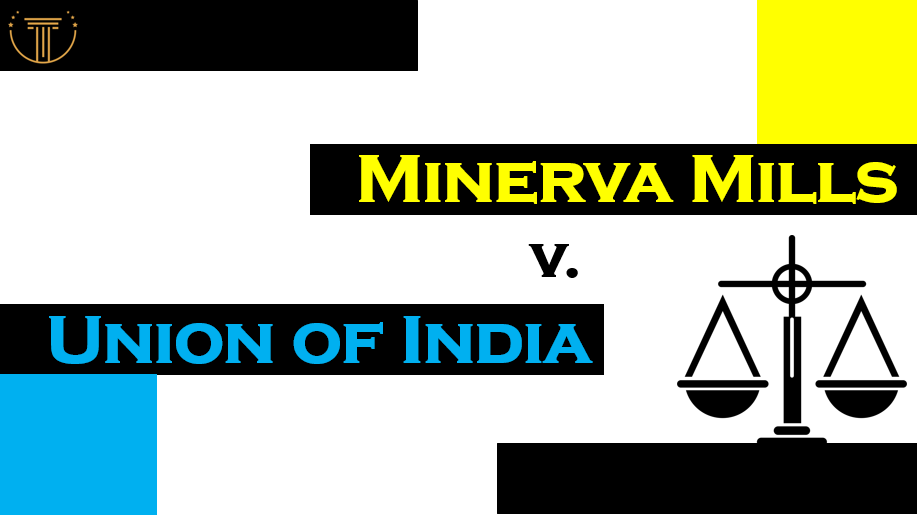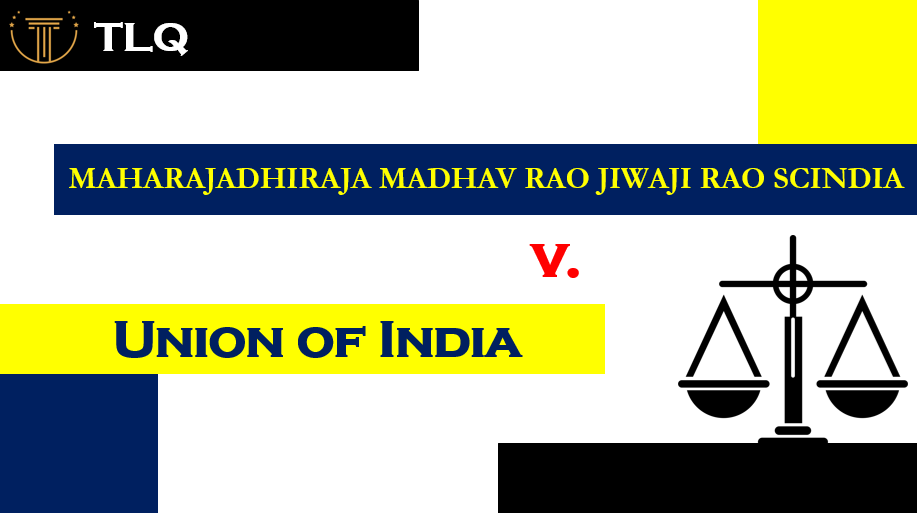Published On: 18th June, 2024

Introduction
Group of Companies is a doctrine that has existed in international arbitration jurisprudence for a long time. Its manifestation in India initially happened through a case named Chloro Controls but recently the reasoning given in this case was challenged by the Supreme Court and a newer interpretation was given by a 5-judge bench led by CJI D.Y. Chandrachud in the case of Cox and Kings Ltd. v. SAP Private Ltd. in which the apex court gave a verdict in favor of the Group of Companies doctrine. But before we move on it is important to mention that the Group of Companies doctrine (GOC from hereon) is a consent-based principle in arbitration law to bind non-signatory parties to the terms of a particular arbitration agreement by analyzing the common intent and participation of the non-signatory entity in the enforcement of a certain contract. This doctrine originated in the Dow Chemicals case in France and is completely integrated in that nation with other nations like Switzerland accepting certain elements of it. As far as India is concerned after the Chloro Controls Case, the tide shifted and courts started allowing the joinder of a non-signatory party to an arbitration agreement. But the reasoning of the same was based on the lines of a phrase ‘claiming through or under’ in sections 8 and 45 of the Arbitration and Conciliation Act, 1996. This reasoning was marked erroneous in the Cox and Kings Case the implications of which are quite significant. Therefore we are going to do a detailed analysis of this landmark judgement which has the potential of being a guiding light for future judgements that involve the issue of non-signatories being a party to the arbitration agreement.
Factual Background
Here are the facts of the case wherein; the Applicant and Respondent 1 entered into an SAP Software End User License Agreement and SAP Enterprise Support Schedule under which the Applicant was made a licensee of the software developed by the Respondent 1. In the year 2015 when the Applicant was making its own e-commerce platform Respondent approached them and recommended their Hybris Solutions as it is 90% compatible with the Applicant’s software and the 10% adjustment would need just 10 months, comparatively less time than building one’s platform. Following this 3 agreements were signed one of which had an Arbitration clause. In the course of implementation, the applicant listed many problems and approached Respondent 2 for intervention, and in turn, Respondent 2 gave certain assurances to the Applicant. But the dispute went on and Respondent withdrew its resources to which the applicant asked for compensation. Respondent 2 tried to mitigate the situation by proposing a solution which was rejected and finally arbitration was invoked by the Respondent but simultaneously the NCLT under the Insolvency and Bankruptcy Code, 2016 appointed an Interim Resolution Professional and suggested the adjournment of the arbitration proceedings. After this, the Applicant came up with a fresh arbitration notice addressed to Respondent 2, which was initially not part of the proceedings. This brought the issue of non-signatories being part of the arbitration agreement into the picture and this issue gave rise to the discussion in the top court.
Issues Discussed:
There were many issues discussed in this case; some prominent ones are as follows:
- Chloro Controls Issue
The doctrine of Group of Companies was integrated into the system of India as a result of the Chloro Controls case in which the court recognized the Doctrine as sufficient to make a non-signatory a part of an Arbitration Agreement. The only problem here was that the various components of the doctrine were not elaborated enough by the court and the only constructive reasoning, in this case, was that this doctrine could be applied based on the facts of the case and also that the phrase ‘claiming through or under’ is something that needs to be analyzed to identify if the non-signatory was willing to be a party to the agreement. In the current case, the validity of this reasoning was challenged in front of a three-judge bench in the Supreme Court because this reasoning in the Chloro controls is flawed. This matter was further transferred to a 5 Judge bench which gave the verdict in which it considered the interpretation of Chloro Controls erroneous.
- Factors necessary for the application of the GOC doctrine
The various factors needed for applying the GOC doctrine were to be interpreted by the court as enough jurisprudence on the same was not given. The point of consent was taken up as an arbitration agreement is a creature of contract; thus consent was needed. In this case specifically, as explicit consent through a signature was not available thus the ambit of implied consent had to be explored by the court.
- Applicability in Law
It was also a matter of contention that this Doctrine of GOC is an economic concept and has no explicit recognition in the Arbitration Act. So in such a scenario should this theory be upheld because only France is a nation that has fully integrated this doctrine in their system and others like the UK and Switzerland have brought their own milder versions of this doctrine into their system by not fully recognizing the doctrine as legitimate.
- Clash with doctrines.
Various established doctrines of law like the Doctrine of Privity of Contract, Doctrine of Separability, and the Principle of Minimum Liability in the Contract and corporate law are challenged by this Doctrine and thus the court had to dwell as to in which exceptional circumstances this doctrine should apply.
- The scope of court interference
The ambit and extent to which the court can intervene in the matter was also something that was discussed by bringing in Sections 8 and 11 of the Arbitration Act.
Analysis by the court:
Let’s understand the analysis by the court in the same chronology as the issues.
Chloro Controls interpretation is erroneous.
It is an established principle in arbitration law that a mere commercial connection doesn’t make a non-signatory a part of the agreement as Company law clearly states the independence of a subsidiary. Thus when it comes to the interpretation of ‘Claiming through or under’ it was seen that this is a derivative right and not an independent right. Whichever entity claims through or under is using its rights as a successor or a subordinate part of that commercial entity. Thus it was concluded by the court that Persons claiming through or under don’t form a party to the contract as they are making their claim in a derivative or a subordinate manner by using the power of an existing party to and thus persons claiming through or under are not the same as a full-fledged party to the contract thus rendering the interpretation of Chloro Controls erroneous.
Five-Factor model by the Supreme Court.
The main factor in the applicability of this Doctrine is Consent as this doctrine tries to understand the mutual intention of the signatory and non-signatory parties to be a part of the arbitration agreement. This is so because its origin is from the case of Dow Chemicals case in France in which many Companies that were not signatories of the arbitration agreement wanted to be a part of it as they were involved in the enforcement of the contract. That being established the Court used the Five Factors given in the Discovery Enterprises case to determine the intention of a party to be a part of the agreement in spite of being a non-signatory. These factors are as follows:
- The mutual intent of parties:
- The relationship of a non-signatory to a party which is a signatory to the agreement.
- The Commonality of Subject matter
- The Composite nature of the transactions
- The performance of the contract.1
All these factors are to be dealt with when the court has to determine whether there was mutual intention of being a part of the agreement even for the non-signatory.
Legislative Intent of Section 7.
To the contention of the legal basis, the court analyzed that Section 7 is something that provides a legal basis. Section 7(4) (b) expands the scope of a legal relationship by not restricting it to a contractual relationship but also bringing in non-contractual relationships where the implied consent is derived or ascertained by seeing the conduct of the parties. Thus it can be seen that the legislative intent behind Section 7 stipulates that a non-contractual legal relationship can also be a part of the subject matter of an arbitration agreement and consequently the possibility of binding a non-signatory to an arbitration agreement is not ruled out by section 7. This provides a legal basis for the Doctrine of GOC wherein more progressive interpretations of consent and an approach of interpretation wherein the business interests of the Companies are taken into account can make this Doctrine of high utility to the Indian Jurisprudence. It was also seen that the definition of parties in Section 2 (f) also includes non-signatories in its ambit thus adding to the legal backing that this doctrine has.
Balanced interpretations
The Doctrines in Clash with that of the doctrine of GOC were dealt with by the court by clearly stating that these Doctrines like that of Separability, Privity, and Minimum Liability are the general norm in contract and corporate law and thus will not be superseded by this doctrine. But in exceptional cases of multi-party and multiple agreements if the issue of non-signatories has come up then these doctrines will be ignored as the Doctrine of GOC is a consent-based principle wherein the mutual intention of the parties will be identified and thus these doctrines won’t apply as the cases in which GOC applies are the ones in which parties have given implied consent via their behavior to be a part of the arbitration agreement. Thus a balanced and pragmatic approach was taken to solving the clash.
Limited Scope.
The Court understands both Section 8 which gives it power and Section 11 which limits its power held that at the referral stage, the court has the power to identify if a prima facie arbitration agreement exists. Beyond that arbitral tribunals’ primary jurisdiction has to be upheld. In other words, the court must leave the issue of determining if the non-signatory is a part of the arbitration agreement to the Arbitral tribunal and should not ruled on by the court. Thus the principle of judicial non-interference was upheld in this scenario.
Conclusion
After understanding the case at hand we can see that this is a highly progressive judgment given by the court. The judgment has many factors like economic efficiency, international jurisdiction, contemporary arbitration jurisprudence, and novel interpretations to name a few. Things like, clarification by the court regarding the definition of a party, the need for a legal relationship not just a commercial one, the emphasis on consent, factors for identifying implied consent, the reinterpretation of Chloro Controls, and the reiteration of the principle of judicial non-interference make this a landmark judgment not just for India but for the global Arbitration Jurisprudence. It can be easily foreseen that this judgment will be cited in numerous more cases. The only few hiccups here are how it gets applied in practice. This is so because arbitral tribunals are given the task of interpreting this complex and highly progressive judgment. Thus there is a possibility that the tribunal’s interpretations turn out to be flawed and be highly challenged in front of the courts which can lead the arbitration proceedings to be useless. Therefore if interpreted properly and applied accordingly this judgment can prove to be useful in unlocking the true potential of the GOC doctrine as till will help the law resolve complex disputes regarding the issues of non-signatories by also integrating the business side of things, which were traditionally ignored, into it.
Reference(s):
1 Para 115 of Cox & Kings Ltd. v. SAP India (P) Ltd., (2024) 4 SCC 1
Other references.
Cox & Kings Ltd. v. SAP India (P) Ltd., (2024) 4 SCC 1 http://www.scconline.com/DocumentLink/fSai19Wx
2023 LiveLaw (SC) 1042



